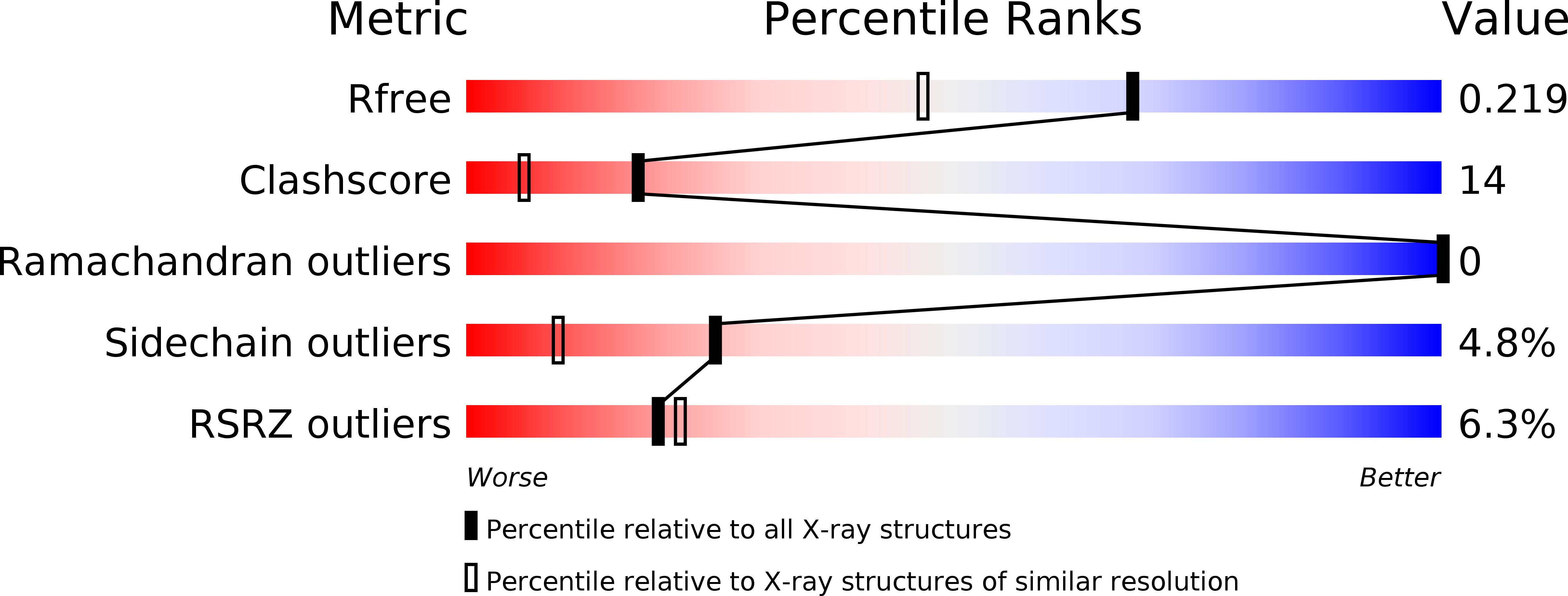
Deposition Date
2005-10-31
Release Date
2006-10-31
Last Version Date
2024-03-13
Entry Detail
PDB ID:
2D5A
Keywords:
Title:
hypothetical protein from Pyrococcus horikoshii OT3
Biological Source:
Source Organism:
Pyrococcus horikoshii (Taxon ID: 70601)
Host Organism:
Method Details:


